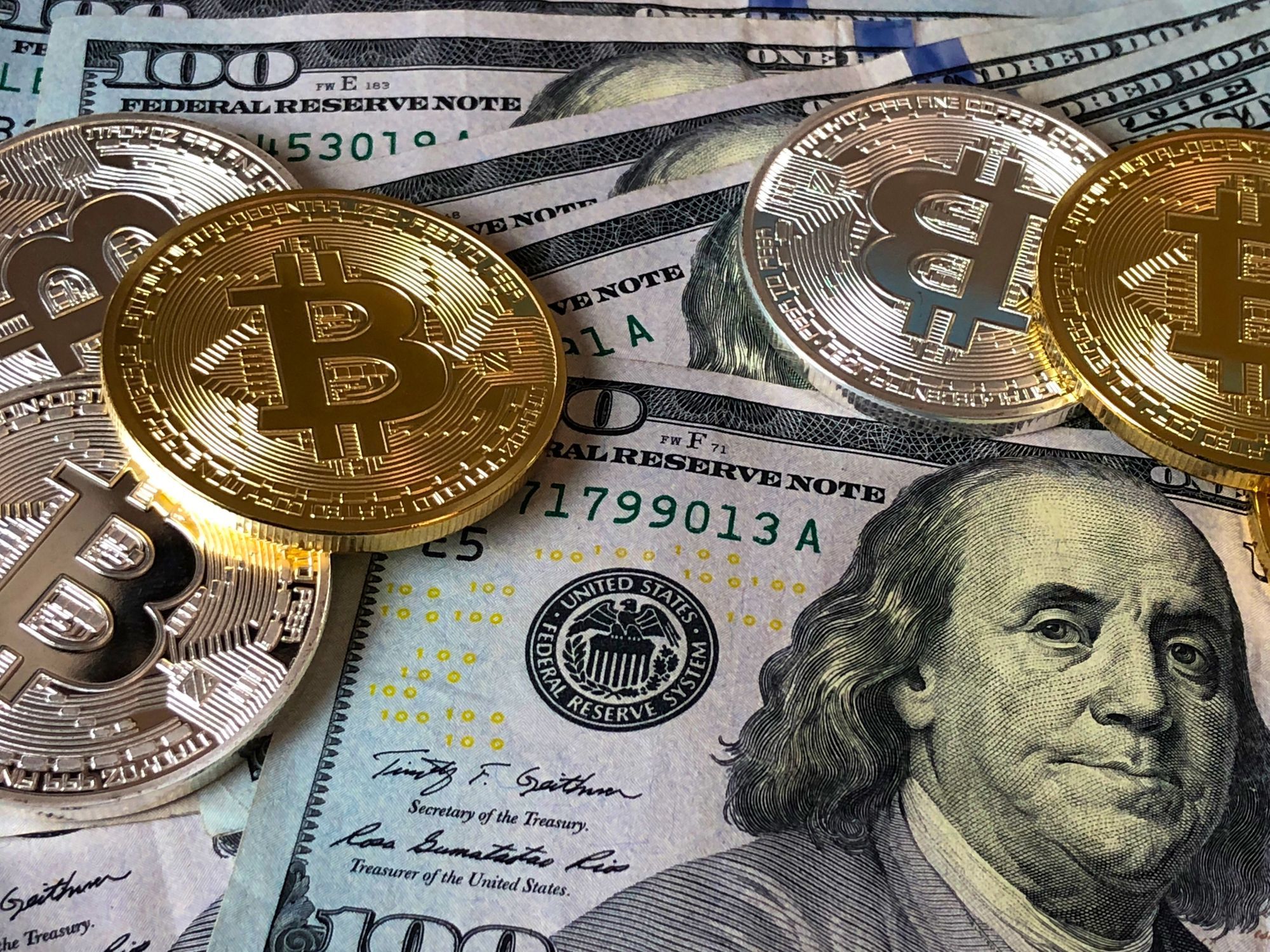Are Your Crypto Assets Safe?

US News & World Report warns in its article entitled Crypto Crash: How Stable Are Stablecoins? That the best efforts of crypto systems to ensure stability and safety appear to be faltering.
A stablecoin’s value is typically pegged to an underlying fiat currency, the idea being to allow for an easy way to exchange digital assets of value in the crypto economy and aid further adoption of crypto activities.
But that idea hasn’t worked out as well as planned.
The Terra (LUNA) Collapse
The cryptocurrency Terra (LUNA), which was one of the most valuable cryptos in the market, collapsed to near zero on May 12, 2022. The cryptocurrency’s value dropped off a cliff the day after the network’s stablecoin, TerraUSD (UST), de-pegged from the U.S. dollar. Think of it as a crypto bank run, where holders were desperately selling off LUNA.
According to Walker Holmes, vice president of MetaTope, LUNA used an algorithm that minted new or burned existing LUNA to maintain the peg of TerraUSD to the dollar. When TerraUSD traded below a dollar, new LUNA were minted to purchase the stablecoins, and when TerraUSD traded above one dollar, the stablecoins were sold and existing LUNA tokens were burned.
But as TerraUSD’s price continued to fall, more LUNA was minted to maintain the peg. Eventually, the value of the asset backing the stablecoin quickly headed toward zero. Holmes says that The Luna Foundation Guard, or LFG, a foundation created to support TerraUSD, purchased billions of dollars in Bitcoin reserves to back UST. LFG ultimately sold some Bitcoin holdings and purchased UST to push its price up.
Although UST was conceived as a decentralized finance solution to maintain its one-to-one peg to the U.S. dollar, the experiment fell short. “No matter how much tech or human capital a protocol has, nothing is invincible,” says Holmes. “Projects can and will fail.”
UST was known as one of the world's largest stablecoins and was popular for decentralized finance activities on the Terra network.
Governance is Required
Stablecoins are just one more example of what inevitably happens to decentralization when it’s subject to real-world pressures. It turns out that governance is required, and as the decentralization advocate Lawrence Lundy-Bryan notes,
“There is no such thing as decentralized governance.”
Governance, in turn, requires accountability, and accountability is meaningless if it doesn’t start with the individual.
The thing about accountability is that you can’t achieve it with a collection of commercial product widgets. Among other things is that it calls for a source of measurably reliable identities of users that is accepted by all within a domain.
That in turn implies a source of authority that examines those identity claims and attests to their reliability, as measured on a scale. And that source of authority cannot be a commercial enterprise which, when it’s successful, can be sold to the highest bidder (who will inevitably be the bidder whose intention is to weaken, and therefore corrupt, its standards.)
I have become a part of, a group that compares itself to an “authenticity growers’ cooperative,” modeled after an agricultural cooperative. You may not be aware that brands such as Land O’ Lakes, Cabot, Florida’s Natural, Ocean Spray, and many other food brands are actually agricultural cooperatives. You won’t read about them in the Wall Street Journal because you can’t buy their stock – unless you’re a farmer who actually grows the crop that the coop packages and sells. It’s a wonderful business model that completely avoids the awful excesses of stock-price-driven public companies.
